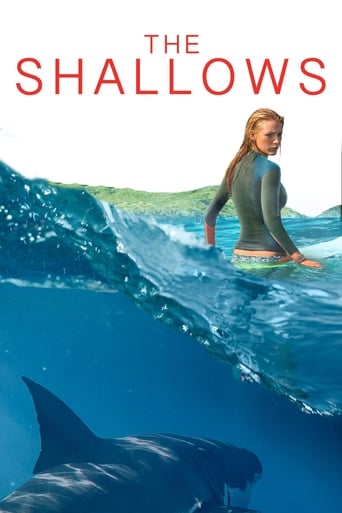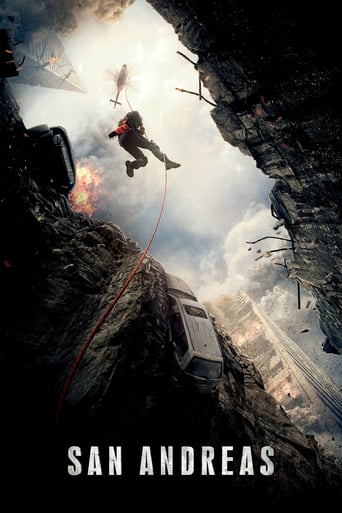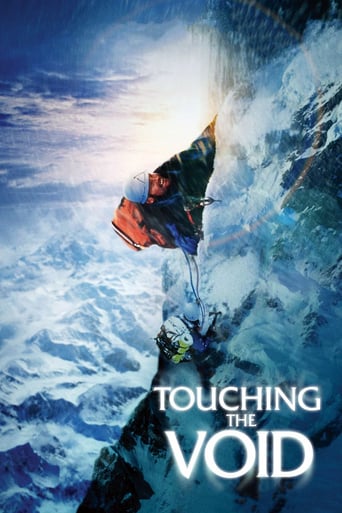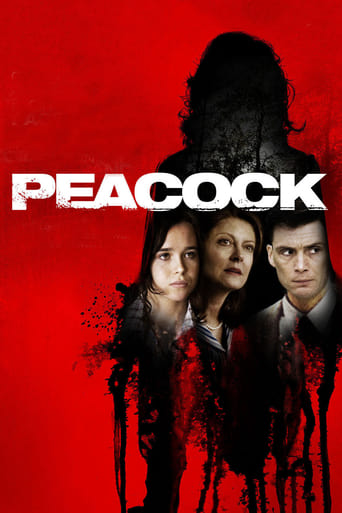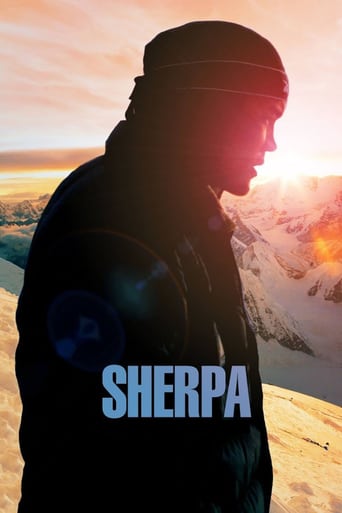


Sherpa
In 2013, the world's media reported on a shocking mountain-high brawl as European climbers fled a mob of angry Sherpas. Director Jennifer Peedom and her team set out to uncover the cause of this altercation, intending to film the 2014 climbing season from the Sherpa's point-of-view. Instead, they captured Everest's greatest tragedy, when a huge block of ice crashed down onto the climbing route...
-
- Cast:


Similar titles


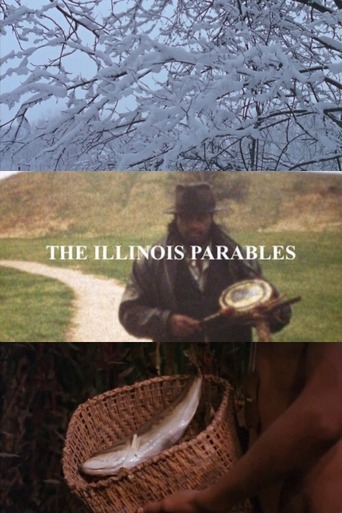



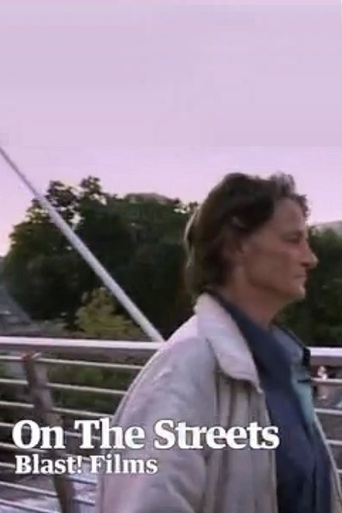
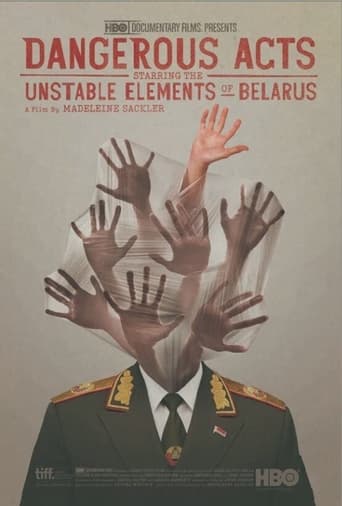
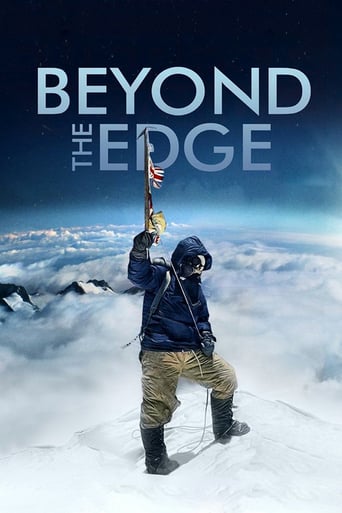

Reviews
Sadly Over-hyped
From my favorite movies..
While it doesn't offer any answers, it both thrills and makes you think.
This is a coming of age storyline that you've seen in one form or another for decades. It takes a truly unique voice to make yet another one worth watching.
As just a documentary, the film is beautifully produced. Unfortunately, I had a very hard time trying to find a good version to watch. I suspect there is a lot of pressure to keep this out of public view. If I recall in the doc they said that climbers typically pay 70k and upward to attempt the climb and it's a 350 million dollar (?) enterprise to the nepalese. So this is a major industry in nepal that certainly a lot of people do not want to upset. Very well photographed and edited and remarkably candid interviews. While I was watching this I wondered if the owners and the climbers actually believed what they were saying. I mean in one interview a climber actually likened the sherpas to terrorists and 9/11. I was astonished that there were so many they interviewed that had a similar view. Okay so you pay 70-100k to climb but the sherpas, at least according to the doc, see very little of this money but enjoy the most risks out of those making money off the enterprise. Unfortunately the doc is very sketchy about the overall economy of the operation but probably because it's most suitable in the written word. If anyone knows if this has been documented please post. That is, it would be interesting to see how the money gets distributed to the operators, nepalese government, local businesses, and the sherpas. And the film never quite explained how the losses are handled or if the operators or their clients have insurance to cover certain events. Anyway, the climbers pay a lot of money and then expect the sherpas, come 'hell or high water' to perform despite any disasters or risks involved. Sorry but I have no sympathy for the two climbers who attempted twice but were denied when their seasons were both shut down prematurely. Lucky for them they have the money to spend on such things. Personally I'd feel lucky just to afford to get to the base camp. But, using other people, even if absolutely necessary, to reach your personal goals, considering the risks involved, deserves appropriate compensation not exploitation, and an appreciation for individual choice. Anything else shows tremendous lack of wisdom and compassion.
This film documents the plight of the Sherpa people who have to endure tremendous risk and hard dangerous work for their work as porters.It is a very confronting film.The Sherpas have little choice but to endure this life stoic.One of the horrifying moments of the film is after the terrible accident when 16 Sherpas perished in an avalanche and the Western climbers were irritated that they couldn't carry on with the climb. Seriously wtf is wrong with these people?It is worth watching. 10/10.
I loved this documentary as I like many people am fascinated by Chomolungma, being it's the highest Mountain on Earth.The name 'Everest' should and the verb 'to summit' should be immediately be red flags. Nothing was discovered in the 1800s. Being named after some colonial white guy by the Royal Geographical Society instead of being called the Holy Mother in the local language. Hindi or Nepali Sagarmāthā, are much nicer names.I really think though that when you use and abuse locals and make things easy for people to climb and insult this mountain this should honestly be reflected in any film made about it. The things missing from this film about exactly the work that Sherpas do, how they really feel, and the selfishness of the capitalist system that allows people to try and tick off the 'biggest and best' when ethically what those customers are doing is highly questionable. How much really do the Sherpas earn as percentage? Shouldn't there be excellent schools, hospitals and adequate insurance for Sherpas? Some of the problems with garbage and climate change are not properly covered at all.Capitalistic money making from a Holy mountain should be properly regarded as a pretty hollow occupation, and someone risking their life to feed their family as pretty heroic, but this film seems sided with climbing company owners and clients by trying to be balanced between each side, when really one side is in the right and the other isn't.At the end of the day a real climber would walk up from sea level, hire a local directly or not at all, go without oxygen especially if under 8000 meters and bring all their own supplies in and out.
Beautifully shot, Sherpa is certainly pretty to watch. The cinematography is stunning, assisted very much by beautiful natural landscape and the people at the centre of the film. Technically the film has little to no faults. But I feel as though it only captured a small part of the lives of the Nepalis who work at the mountain. It is very much a film about porters, but there is some distance between their job and them as people. The story at the centre of the film is fantastic, helped in no small part by the film crew being in the right place at the right time, while others were in the wrong place at the wrong time. It's a good film that captures a microcosm of the issues with the Everest tourism industry. I just feel that despite the big budget, the beautiful shots and access to the Sherpas that there is far more to their lives than Everest, and the final edit of the film could have addressed this. But otherwise a fine documentary.



